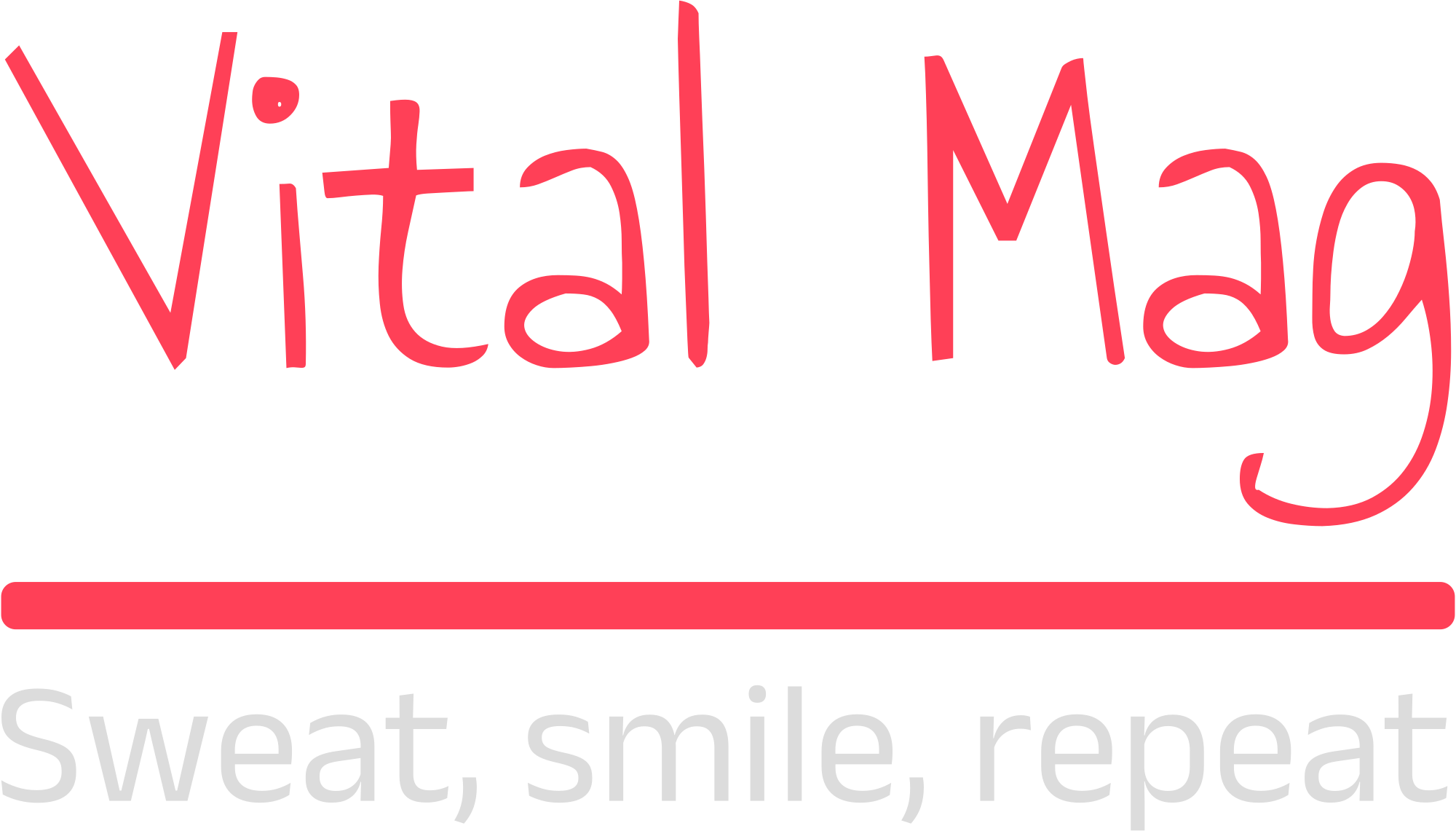Flipping your life around and embarking on a health and fitness journey can seem like one of the most daunting things you can do, mainly if you have previously led a sedentary lifestyle for an extended period. Millions of people spend a vast amount of time commuting to and from work, sitting at a desk for prolonged periods, and are often too tired or demotivated to work out when they get home. If that last part describes you, keep reading to discover practical advice and techniques to help you on your fitness journey.
The Importance of Being Fit and Healthy
Maintaining a fit and healthy lifestyle offers numerous benefits with almost zero downsides. You don’t have to devise a regime akin to training for the Summer Olympics to start reaping the rewards. You’re not going to be able to go from a sedentary lifestyle to being as fit as individuals and teams online sportsbooks have odds for but remember that every step towards a healthier, fitter lifestyle counts, no matter how small they initially seem.

The benefits of exercising and eating healthy are well-documented. They include helping to reduce the risk of chronic diseases such as heart disease, strokes, diabetes, and some cancer types. Exercising improves mental health and sleep quality, while increased physical strength and stamina help make everyday activities easier and more enjoyable. You’ll find managing your weight easier, your energy levels will receive a significant boost, and you may even find that your cognitive functions will improve. It’s a win-win scenario!
Steps to Begin Your Fitness Journey
Fail to prepare, prepare to fail is an adage that runs true regarding fitness. You must start your fitness journey by setting achievable and realistic goals. Consider what you want to accomplish. Do you want to lose weight, gain muscle, feel more energetic, or improve your cardiovascular health?
Setting realistic goals is the most important thing here. You may aspire to run a marathon, but setting a goal to complete it three weeks after starting your training is not achievable if you have never run long distances before. Break your goals into small milestones to help you track your progress and remain motivated.
Once you have a plan, it is time to consult a healthcare professional, especially if you have underlying medical conditions or have led a sedentary lifestyle for a significant time. These professionals can offer guidance based on your health needs, reducing the risk of injuring yourself or causing other issues.
Start Slow and Build Up
One of the biggest mistakes beginners make is trying to do too much too soon. Starting too hard or fast can result in injuries and can be demotivating when you realize how unfit you are. Low-intensity exercise, such as brisk walking for 20-30 minutes a day a few times a week, is an excellent starting point. Gradually increase the duration and intensity of your workouts as your fitness levels improve. You’ll likely make substantial progress compared to your fitness base level in the early stages.
The best fitness routines are well-rounded. Including balance, cardiovascular, flexibility, and strength exercises in your routine is advised because all four categories work together and make other areas easier. For example, you’ll find weightlifting easier if you have strong cardiovascular fitness and balance-related exercises simpler if you have more flexibility.
Activities like walking, jogging, swimming, and cycling improve heart and lung health, while resistance bands, weights, and body-weight exercises increase bone strength and build muscle.
Stretching and yoga help reduce the risk of injury, speed up recovery, and enhance overall flexibility. Balancing exercises improve stability and can help prevent falls, which is important as you age.
Create a Routine and Stick To It
When you start working out, consistency is key; you want to get into regular exercise. Create a workout routine that fits your schedule and stick to it like glue. Consider waking 30 minutes earlier to stretch or enjoy a brisk walk before heading to work. Any time you set aside for exercise must be a non-negotiable part of your day. Before you know it, exercising at specific times will become second nature, and those around you will quickly realize this and adapt their schedules to yours.
Nobody knows your body more than you, so ensure you listen to what it tells you. It is normal to experience muscle soreness after working out, particularly if you are just starting. However, sharp pain or unbearable discomfort indicates that you have injured yourself. Never exercise when carrying an injurybecause you could worsen the injury. Rest up and recover until all pain has subsided.
Overcoming Common Challenges
Time constraintsare the most common challenge fitness newcomers face. Most people lead busy lives that seemingly leave little time to work out. However, short and consistent workouts can still be beneficial. Consider taking the stairs instead of the elevator when you’re at work or the mall, walking during your lunch break, or doing some stretches or body-weight exercises while waiting for dinner to cook.

A lack of motivation is another significant hurdle to overcome, especially when you start and find exercising difficult. This is why breaking down your master plan into smaller, achievable goals is crucial to your journey. Keep your fitness sessions fresh and interesting by incorporating different exercises or working out in various areas. Asking a friend or family member to be your workout buddy is also worthwhile because you can push each other when motivation levels are low.
Conclusion
Starting on the road to a healthier and fitter you can be challenging if you have not been active for some time, but exercise is one of the most rewarding activities you can do. Not only that, but it can be life-changing, improving all aspects of your life.
Start by setting achievable, realistic goals, then slowly begin your journey at a pace and intensity that your body is capable of. Once your fitness, health, and strength increase, you can up the pace and intensity of your exercises.
Listen to your body, resting and recovering when required, and celebrate whenever you reach one of your milestones. Before you know it, you will enjoy a healthier, fitter life and may inspire those around you to do the same.

Ann is a beacon of inspiration and knowledge in the health blogging community, known for her holistic approach to wellness that combines mindful nutrition, balanced fitness routines, and mental health awareness. With a passion for empowering her readers to achieve their healthiest selves, Ann shares practical advice, easy-to-follow recipes, and personal anecdotes that make navigating the journey to wellness accessible and enjoyable.

